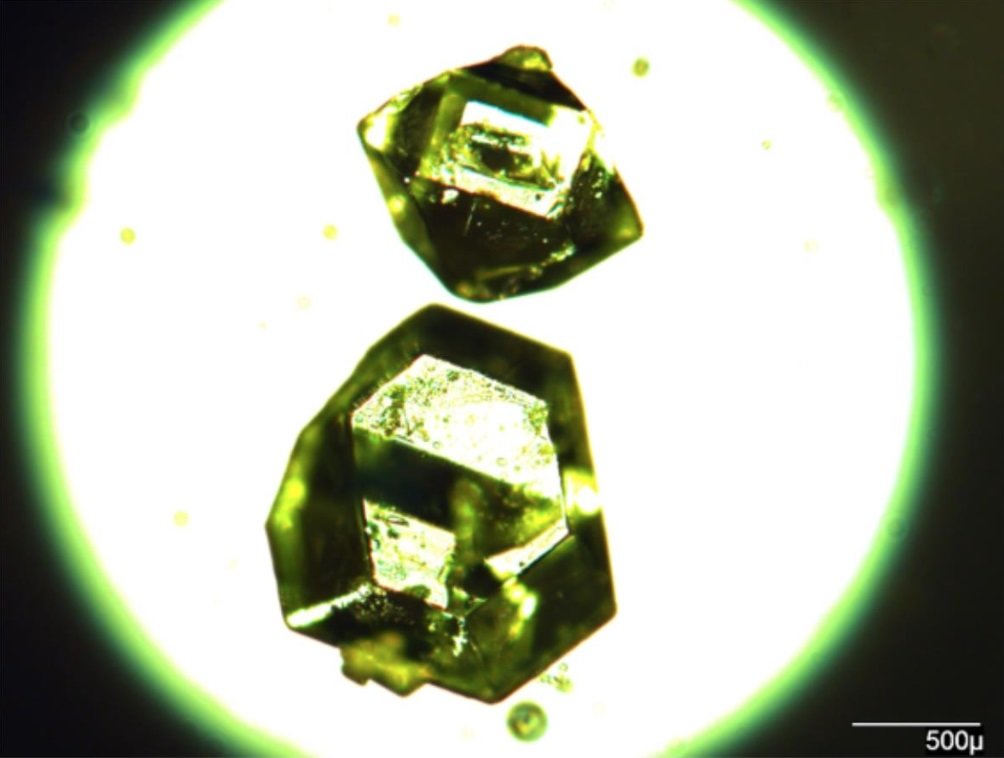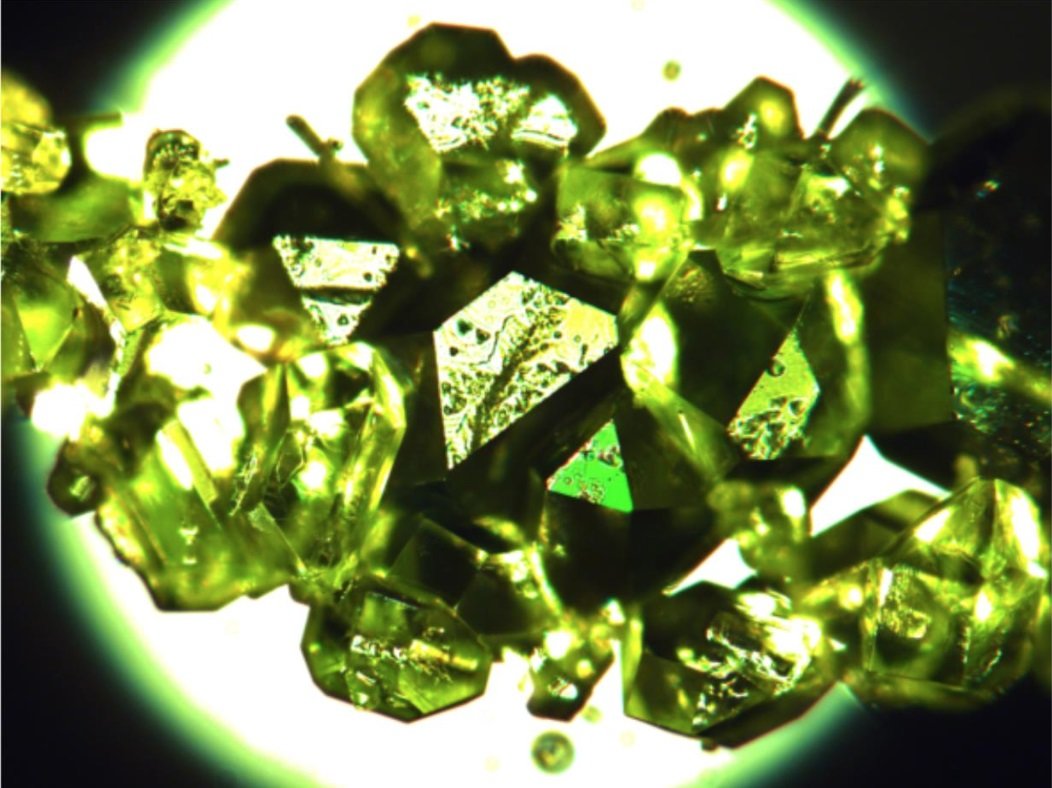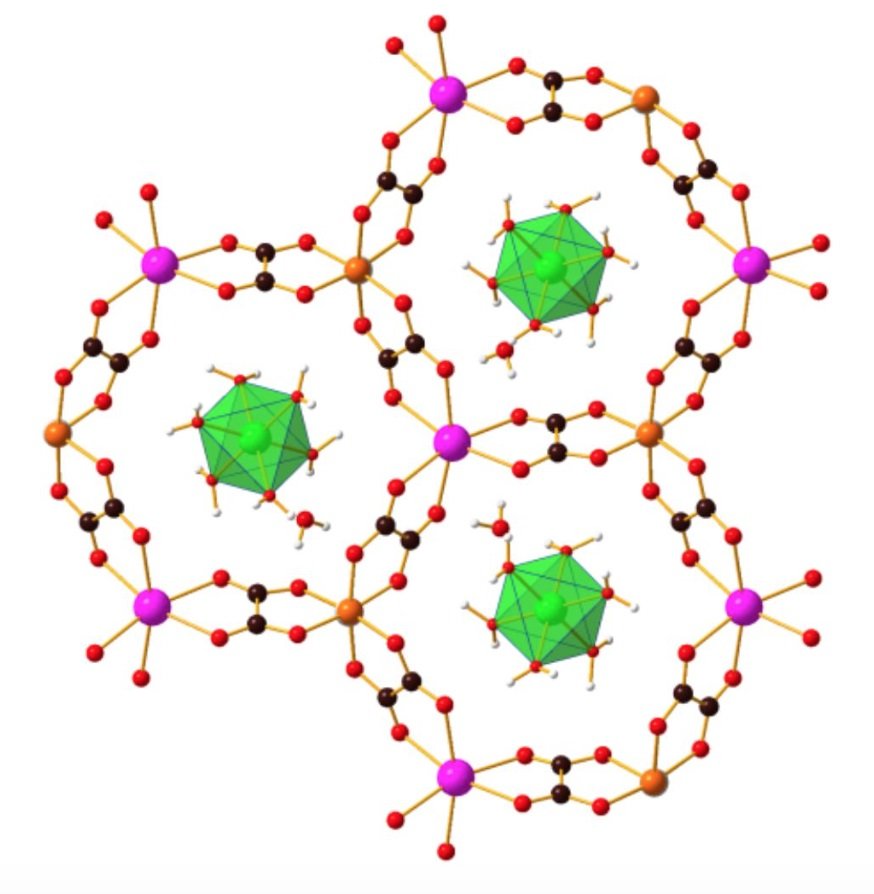
Now, a surprising discovery by scientists in Canada and Russia reveals that MOFs also exist in nature—albeit in the form of rare minerals found so far only in Siberian coal mines.
The finding, published in the journal Science Advances, "completely changes the normal view of these highly popular materials as solely artificial, 'designer' solids," says senior author Tomislav Friščić, an associate professor of chemistry at McGill University in Montreal. "This raises the possibility that there might be other, more abundant, MOF minerals out there."
The twisting path to the discovery began six years ago, when Friščić came across a mention of the minerals stepanovite and zhemchuzhnikovite in a Canadian mineralogy journal. The crystal structure of the minerals, found in Russia between the 1940s and 1960s, hadn't been fully determined. But the Russian mineralogists who discovered them had analyzed their chemical composition and the basic parameters of their structures, using a technique known as X-ray powder diffraction. To Friščić, those parameters hinted that the minerals could be structurally similar to a type of man-made MOF.

Then, the McGill chemists caught a break: with the help of a crystallographer colleague in Venezuela, they connected with two prominent Russian mineralogists: Sergey Krivovichev, a professor at Saint Petersburg State University, and Prof. Igor Pekov of Lomonosov Moscow State University.
Krivovichev and Pekov were able to obtain the original samples of the two rare minerals, which had been found decades earlier in a coal mine deep beneath the Siberian permafrost. The Russian experts were also able to determine the crystal structures of the minerals. These findings confirmed the McGill researchers' initial results from their lab synthesis.

As a result, Friščić and his collaborators are now broadening their research to determine if other, more abundant minerals have porous structures that could make them suitable for uses such as hydrogen storage or even drug delivery.
In any event, the discovery of MOF structures in the two rare minerals already is "paradigm-changing" Friščić says. If scientists had been able to determine those structures in the 1960s, he notes, the development of MOF materials "might have been accelerated by 30 years."
More information: "Minerals with metal-organic framework structures," Igor Huskić, Igor V. Pekov, Sergey V. Krivovichev, Tomislav Friščić. Sciences Advances, Aug. 5, 2016. DOI: 10.1126/sciadv.1600621



Reader Comments
to our Newsletter